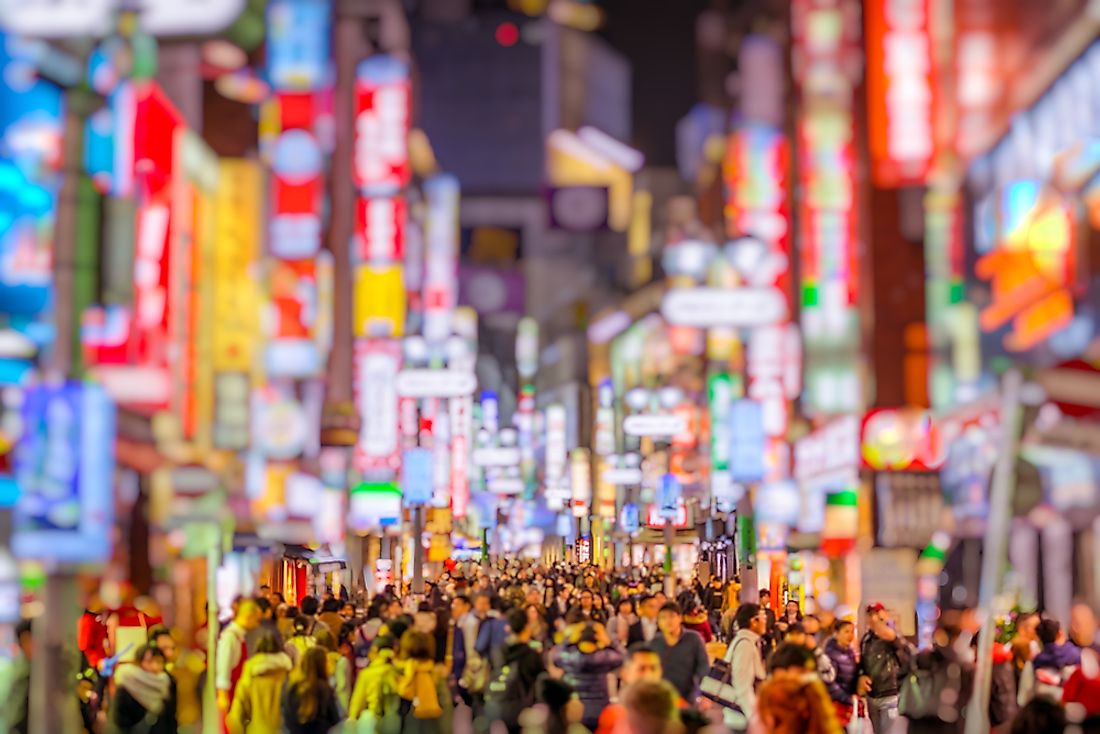What Was The Japanese Economic Miracle?

The Japanese Economic Miracle refers to a period from post-WWII to the end of the Cold War where Japan’s economy still recorded positive growth. The period was around 1945 to 1991. After WWII, Japan’s economy continued growing partly due to measures laid down by the government and also due to financial aid from the US. The US decided to set up camp in Japan after World War II as an ally, and it included military personnel and civilians to try and slow down the Soviet Union's influence in the Pacific. During the economic miracle period, suppliers, manufacturers, distributors, and banks decided to work together forming groups called Keiretsu.
Phases Of The Economic Miracle
The economic miracle took part in four stages. The recovery phase, high increase, steady increase, and the low increase phase. The recovery phase was from 1946 to 1954. After WWII, most of Japan’s industries had been brought to their knees because of the war. Most countries were suffering after-war effects when the war came to an end with some countries like Japan experiencing a significant drop in industrial output. The swift recovery of Japan's industries led to the name economic miracle. The recovery phase focused on rebuilding the industries with the great focus being on the cotton, steel, and coal industries.
The high increase phase ran from 1954 to 1972. As from 1967 to 1971, Japan’s economy experienced the most significant growth recorded in the country. Japan rose to one of the most developed countries in East Asia. The Japanese education system also played a part in the economic growth by producing highly skilled and disciplined workers. Japan was one of the countries with high levels of literacy, and it still is to date.
The steady increase phase ran from 1973 to 1992. There was an oil crisis in 1973 and 1979 which saw the prices of oil triple in both instances. The crisis was caused by economic sanctions set by the organization of Arab Petroleum Exporting Countries on countries that seemed to be supporting Israel during the 1973 Arab-Israeli War. Though the sanction shook the economies of other countries, Japan's economy continued to grow.
The low increase phase started around 1992 when the economic bubble phase faded leading to a recession. Japan had an economic phase known as the economic bubble during the 1980s. The over lending of Japanese banks to industries led to the inflation of the Tokyo stock market. The inflation was followed by a deflation period which affected the economy negatively.
The Biggest Contributor To The Economic Miracle
The 1960’s period saw the largest growth ever in Japan’s economy. The Ministry of International Trade and Industry, formed in 1949, played a significant role in the economic recovery of the country. The ministry created a synergy between the government and the private sector to improve the productivity of industries thus leading to economic gains. The ministry was granted control over technology imports and later on control over all of Japan’s imports. The importation of new affordable technology also boosted the industrial sector. The ministry is credited with most of the economic interventions that led to the rapid growth of Japan’s economy during the economic miracle period.











